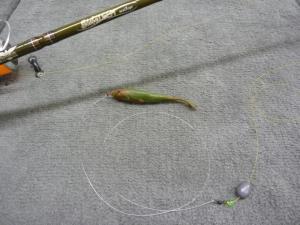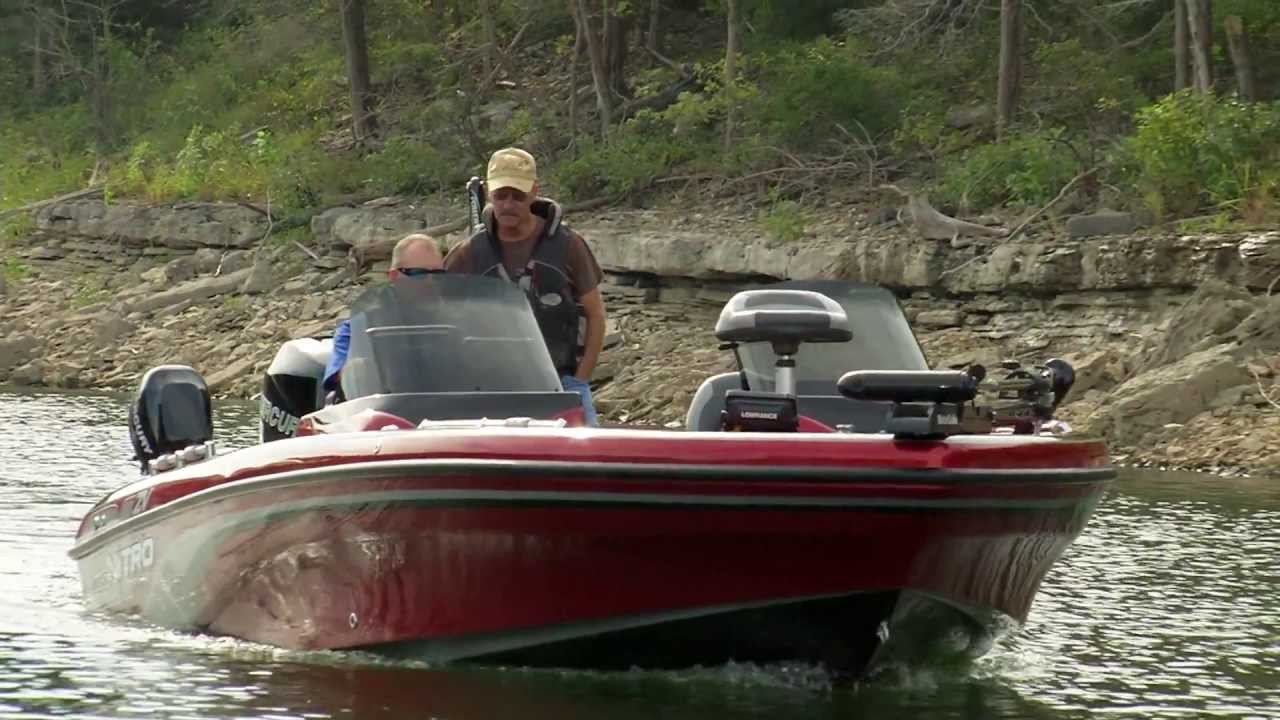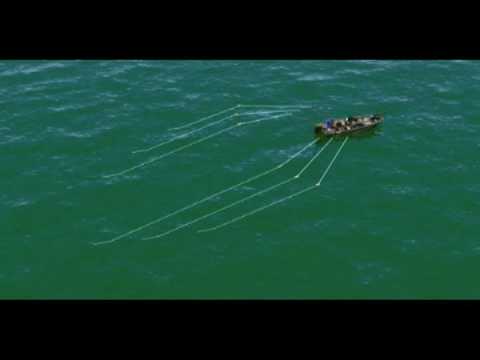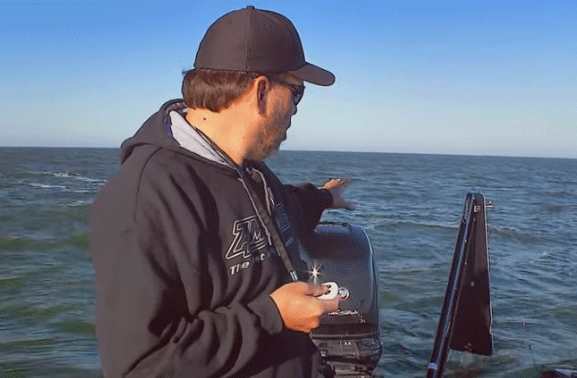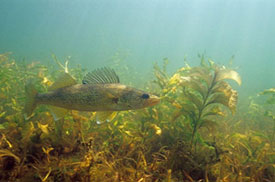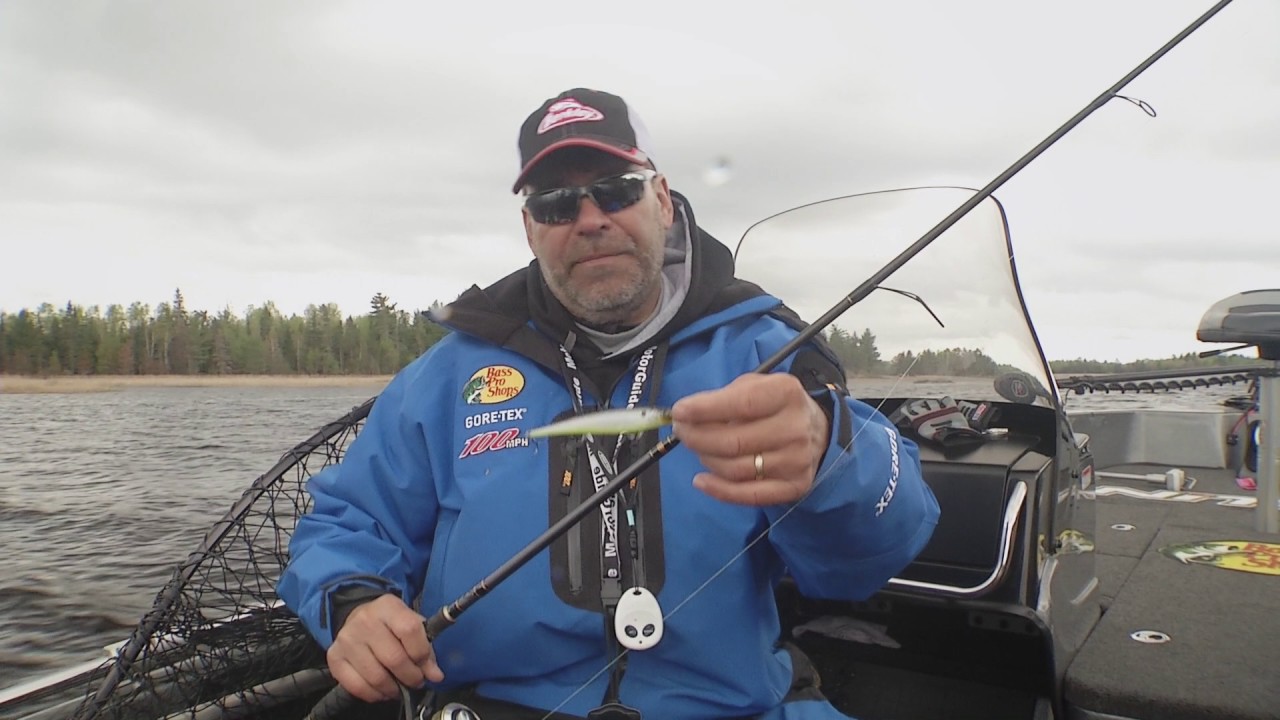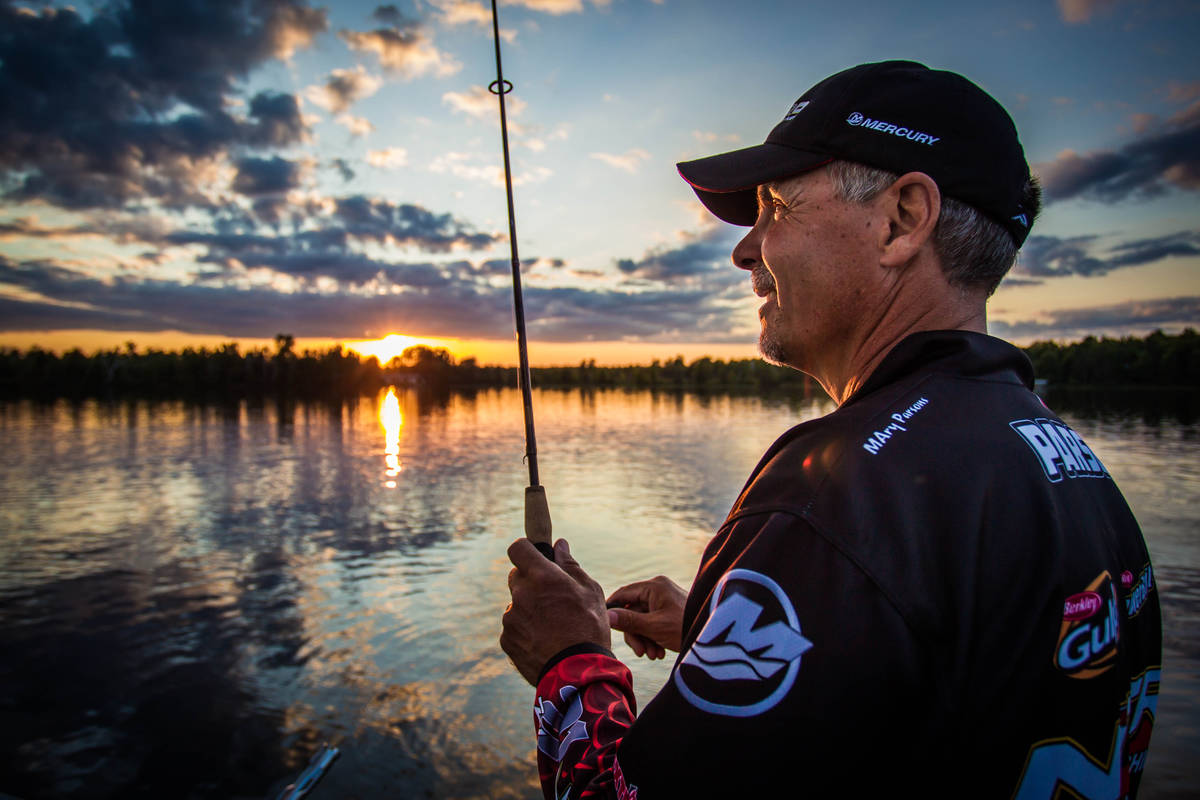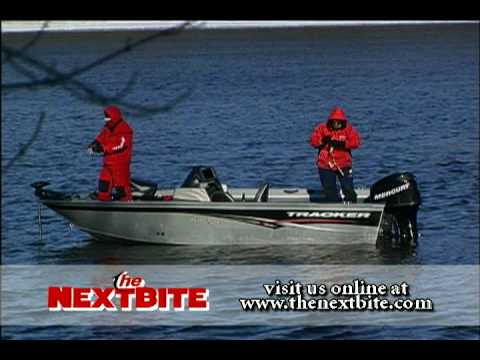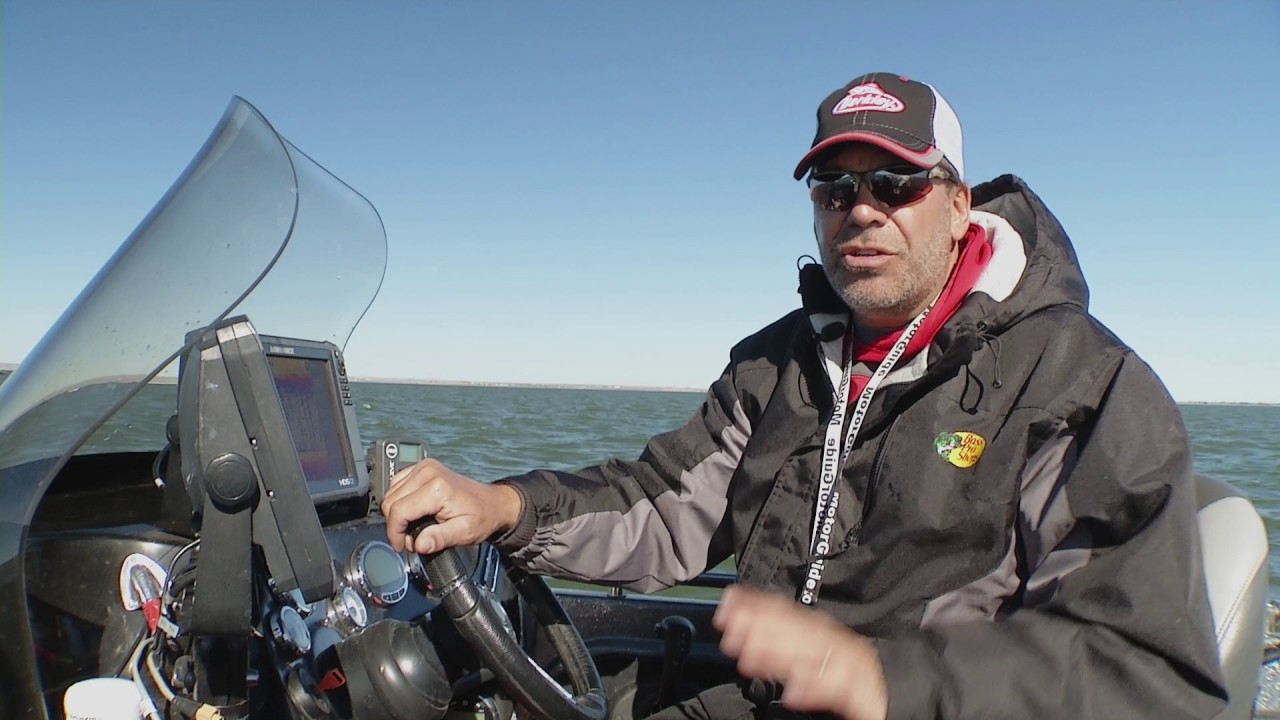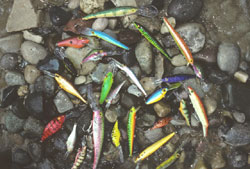
Casting crankbaits is perhaps the single most overlooked presentation for targeting walleye. It seems that when talk turns to crankbaits, most anglers are only interested in trolling. Casting these minnow imitating lures has some significant advantages over other lure types that are commonly casted.
One of the major reasons crankbaits shine as walleye casting lures is because no other lure type can be used to cover as much water as quickly. The name crankbait says it all. Cast them out and crank them back to the boat. This simple fishing presentation is amazingly effective at making long casts, covering water and also making contact with active fish.
Another advantage is the fact crankbaits are very visible in the water and create a lot of fish attracting action. It’s also true that crankbaits can be used to imitate so many different, yet common walleye forage types. Because crankbaits come in a multitude of different shapes or profiles and depth diving levels, there is a model ideal for almost every casting situation. Good advice when selecting crankbaits for casting is to stick with models that do a good job of imitating locally abundant forage species.
For example, if you fishing a reservoir that has a strong shad population, throwing a shad profile crankbait is likely going to be the best choice. In waters where emerald shiners are abundant, a small minnow shaped stickbait is probably the hot ticket. Along rocky shorelines where crayfish are abundant, a crankbait that incorporates the unique action of these scurrying crustaceans is deadly on walleye.
The important thing to understand about casting crankbaits is these lures work best when fished in close proximity to cover and or structure. Because crankbaits have lots of hooks, most anglers shy away from casting them in weedy areas or where rocks, brush and other potential snags threaten to claim the lures.
Crankbaits work best when they are literally ticking the bottom, rebounding off rocks, clipping the tops of submerged trees and making contact with other debris. In areas where weeds grow along the bottom, but not all the way to the surface, a crankbait ripped over the top of this salad can be absolutely deadly. The point is, make sure you’re fishing tight to whatever cover or structure the fish are relating to.
A number of manufacturers produce sturdy aluminum poles designed to help recover crankbaits snagged on various submerged items. The cost of one of these extending poles pays for itself after saving just a few crankbaits from otherwise certain loss.
Remember, if you’re not snagging your crankbaits once in awhile, you’re not fishing close enough to fish holding cover and structure.
 Total Solutions Technique
Total Solutions Technique
Different crankbaits require different gear for casting them. Small and lightweight models are best casted using spinning tackle and eight pound test monofilament line. A seven foot medium light action spinning outfit works well for pitching small baits.
Larger and heavier crankbaits can be casted nicely using a six to seven foot medium action triggerstick and baitcasting combination. The ideal line for this set up is 10 pound test monofilament.
Long casts are important because the diving depth of floating/diving style crankbaits is determined in part by the length of the cast. The deepest diving depth a crankbait achieves occurs near the end of the retrieve, just before the bait starts to return to the surface.
To maximize the time a crankbait is running at depth, make long casts and keep the rod tip positioned near the surface of the water.
Experiment with an assortment of lures designed to dive different depths until you find one that will make contact with the cover or structure being targeted. The ideal situation occurs when a crankbait dives deep enough to be literally in the face of fish, but not so deep the lure snags on every cast.
A moderately fast and steady retrieve seems to produce best with most crankbaits.
Total Solutions Equipment
Good abrasion resistant lines with thin diameter are a critical element of crankbait casting. Berkley Sensation has the perfect combination of toughness, low memory and thin diameter for casting applications. For lighter lures eight pound test is a good choice. For heavier lures bump up to using 10 pound test Sensation.
Both the 5cm and 7cm sizes of the Berkley Flicker Shads are excellent choices for casting to walleye. The Berkley Flicker Minnow is another good option for shallow water fishing or when fishing over the top of submerged weed and wood cover.
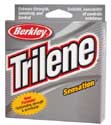 Berkley® Trilene® Sensation® |
Berkley® Flicker Shad ® |
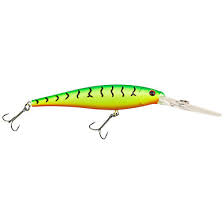 Berkley® Flicker Minnow® |

